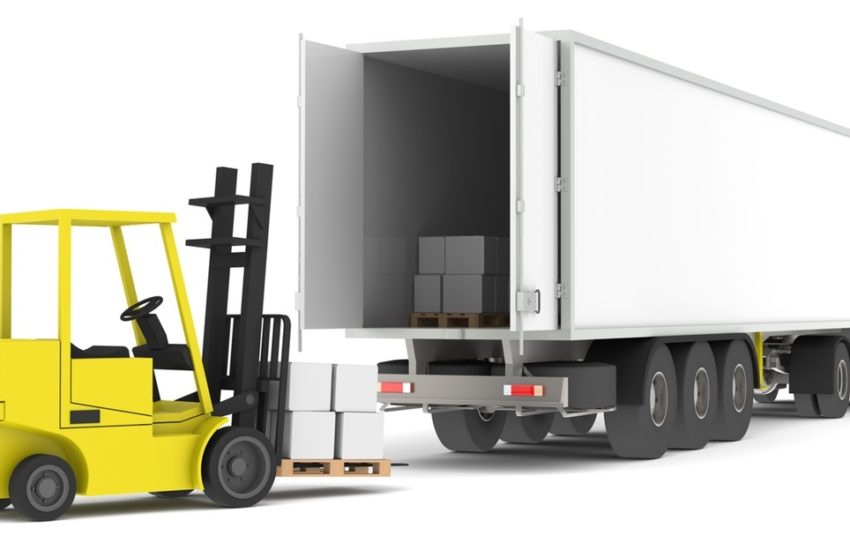Many businesses avoid the less than truckload (LTL) transport as freight rates appear complicated than a full truckload (FTL) rates. Also, owing to the current COVID-19 pandemic, there are restrictions over the shipping and logistics industry. Especially, air freight is the biggest challenge because there’s a reduction of 31% in passenger flights globally. Since the air freight mostly relied on passenger planes, you might find it challenging to send/receive any goods.
However, LCLXchange is offering alternative air freight and road transportation services. By using shipping services, you can keep your business running in tough times, like the COVID-19 outbreak. You can rely on freight truck shipping services if you are having difficulty getting air freight services. It helps when you know how LTL freight rates get calculated. Below is the explanation of the same.
Things you should know about LTL freight.
There are many reasons why the LTL truck freight shipping quote appears complex. If you want to understand the calculation of the LTL freight rate, then you need to know things like cargo weight, classification of cargo, and pallet count and size.
- Weight: For any given origin and destination point, the carrier has a ‘rate per hundred.’ It refers to the price per hundred pounds at various shipment weight breaks.
- Classification: The correct classification is necessary for accurate LTL freight rates. These classifications depend on shipment density, value, handling, liability.
- Distance: The zip codes of origin and destination come into the picture to decide the distance. The more distance is, the higher freight rate you have to pay.
It would be best if you also learned other factors like accessorial charges, base rates to understand the truck shipping rates well.
Calculating freight rates
When it comes to calculating the freight rate, you need to have the zip code of origin and destination. Further, you should know your freight and its class. You need to refer to the LTL tariff rating charge and confirm the weight and class of the freight.
You can obtain the LTL freight rate by multiplying the tariff rate and CWT (weight per hundred pounds). Many carriers may offer you a lower price if you have a flexible shipment. And you can also consider options like freight consolidation to save money on transport.
Common mistakes related to LTL freight rate
The most common mistake is choosing the wrong class of freight. The LTL price often gets ignored when the calculation is taking place using the actual class. Many a time, FAK cargo destination gets used. But, FAK refers to the freight of all kinds, and it’s merely a blanket classification.
If you don’t get the freight classification right, you might end up paying more for the transport. So, when you are shipping, you must care to find out the right freight class. But, when you work with reliable companies like LCLXchange, you don’t have to worry about pricing, thanks to the transparency in service.
To sign off
Those are all the factors that decide your truck freight shipping quote. Weight, freight classification, distance, base charges, and accessorial charges are crucial to give you the final LTL freight rate.
